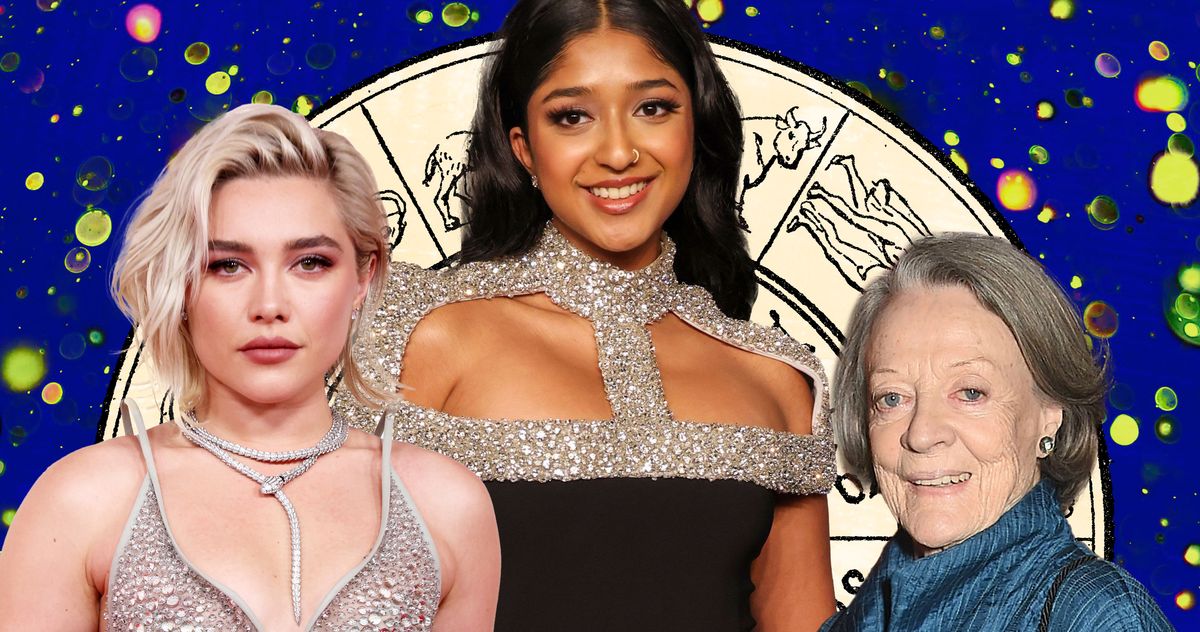Fashion
Ohio State’s Department of Fashion and Retail Studies predicts campus fall and winter fashion trends

Lauren Sewell, a fourth-year in business who also studies fashion and retail studies, dresses in this fall and winter seasons’ fashion trends. Credit: Courtesy of Lauren Sewell
It has been said that fashion changes with the seasons, and Ohio State fashion and retail studies students and faculty know just what trends will be rolling in this fall and winter.
Kristin Paulus, senior lecturer in fashion and retail studies, said as a part of her fashion forecasting course, she and her students use forecasting services such as WGSN — a global authority that uses a combination of expert trend forecasting and data science, including consumer insight, product design direction and trading strategies, according to its website — to predict upcoming fashion trends.
Paulus said as fall and winter approach, the workwear influence, which often includes outfits with overalls or cargo pants, will likely continue to be popular.
“We’re still seeing a significant influence of utilitarian wear, and that’s stemming from workwear,” Paulus said. “So, that’s where you’re going to see denim on denim overload. The whole idea of head-to-toe denim, that’s still a thing.”
Lauren Sewell, a fourth-year in business with a fashion and retail studies minor, said along with these workwear trends, she also believes oversized clothing will play a major role in upcoming fall fashion fads.
“Oversized fabric in general, whether it be like scarves and coats, kind of mimicking that black leather blazer trend that we’ve had over the past couple years, but really in a more sophisticated way, with more sophisticated fabrics and just better quality,” Sewell said.
Jillian Roberts, social media and operations coordinator for online clothing boutique Pebby Forevee and a 2024 Ohio State fashion and retail studies graduate, said she continues to use what she learned in the university’s fashion forecasting class in her career. She said animal print is among the trends she believes will take off this fall.
“For the current fall and winter season, the biggest trends I’m noticing are the continuation of the cheetah and leopard print, square-toed boots, tie front or minimally buttoned cardigans for layering, fun-colored shoes that are continuing from the summer season and different types of suede garments,” Roberts said.
Both Paulus and Sewell said the trench coat is, once again, a seasonal staple they don’t see disappearing any time soon.
“I think something that will always, always, always be a tried and true is a classic trench coat,” Sewell said. “I love a trench coat. I invested in a really nice one and I’m obsessed with it. It’s an essential. You can get a nice tan type of color and it will last forever.”
Paulus said another summer trend likely to continue throughout the fall is soccer apparel.
“The other thing that we’re seeing, which is really fun to watch, is the influence of fútbol, or soccer,” Paulus said. “You’ll see a resurgence of sambas, the soccer jerseys being worn, the tracksuits coming out.”
Roberts said along with using sites like WGSN, social media also plays a large and beneficial role in the fashion industry in terms of feedback for her brand. Through social media outlets like Instagram and Facebook, Roberts said she is able to receive direct feedback on her products, along with information about which demographics are purchasing certain styles and what products haven’t been successful in previous seasons.
“It goes so much further than just what people are claiming as trendy on TikTok,” Roberts said. “There are lifestyle influences that go into every purchase. You really have to understand your target customer, your audience to relate to, exactly what they need and want, all to then meet them where they are.”
Paulus said she also sees social media changing the process by which trends come about. She said changes in fashion trends used to generally align with one of two directions, top-down or trickle-up, but social media comes with a new theory, known as trickle across — which focuses on how fashion trends spread simultaneously across social classes, rather than trickling down from the upper class to the lower class.
“What happens there is if you start to look at your social groups, whether it’s the stay-at-home moms, cool lacrosse moms, sorority girls, whatever peer group that you’re associated with, something will catch on, typically through social media,” Paulus said. “It’s coming from everywhere, but social media is what puts it on steroids. It’s just so fast and so multidimensional and change is coming literally from everywhere, and it’s hard to keep up.”
Roberts said the use of social media has also proven to create a fashion industry that can provide more specific products to a consumer base that has a large variety of preferences.
“At our company, a lot of our customers are mothers,” Roberts said. “We have to take this into account for every aspect of the business, whether it’s marketing, social media content, social media platforms, product styles, hem lengths, fit, material, comfortability, brand tones and choice of words, phrases, references and so much more.”
Sewell said when thinking about the relationship between fashion and social media, she is reminded of the new trend cycle fast fashion brings about, cultivating an industry based on quick satisfaction.
“Fast fashion and consumerism are rampant right now,” Sewell said. “They’re literally the highest it’s ever been. We’re seeing people purchase garments daily, weekly, compared to the 1990s where it was like twice a year people were purchasing in bulk.”
Ultimately, Sewell said she hopes everyone remembers to take fashion trends and make them their own, no matter the season.
”I think that people should be wearing what they feel like best expresses them,” Sewell said. “It’s in to have your own style. It’s in to have your own statement pieces. It’s really what matches you, your personality and your style. I think that’s what makes it cool.”
To learn more about Ohio State’s fashion forecasting class and other fashion and retail studies classes offered, visit the university’s website.









